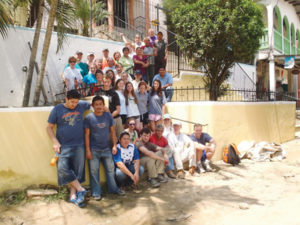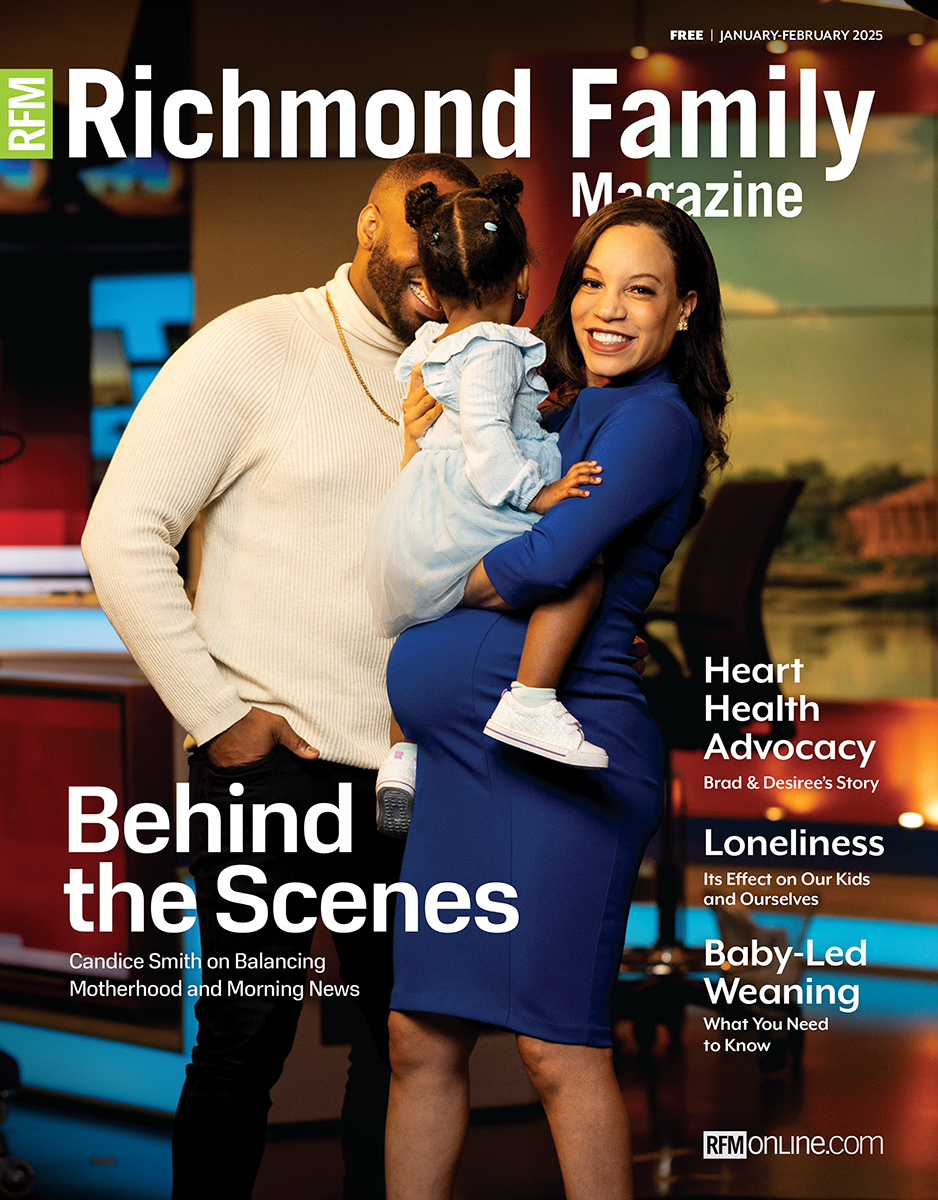Whether your child is traveling abroad for a week, a semester, or longer, there’s more to do than pack a few bags. Here are some essential planning tips travel-savvy parents should know, also known as Dena and Chris Moore’s hard-learned travel lessons, condensed to fit in a carry-on.
PASSPORT If you’re traveling internationally, you’ve got to have one. Visit travel.state.gov for official information and to apply online. Standard processing time is four to six weeks, though you can expedite that time for a fee. If you already have a passport, keep the six-month rule in mind: Many countries won’t accept your passport if it is within six months of expiring. Adult passports are good for ten years, but passports issued for children under eighteen years of age are only good for five years.

MONEY Most likely, the country you’ll be visiting will trade in a currency other than the U.S. dollar. You can try to do the math in your head, or use an app like XE Currency to help keep it straight. Ideally, you’ll want to land with some cash in the local currency, as the money exchange kiosks in airports are quite expensive in terms of exchange rates and fees. Most AAA locations have cash in popular foreign denominations, and you could also call your bank to arrange to change some money before you go.
Using your debit card at an ATM is generally the cheapest way to get cash once you are in the country. Check to make sure your debit and credit cards will work at your destination. Note: If your debit card PIN starts with a 0, change it before you go. For some reason, many foreign ATMs don’t like leading zeros, a fact we found out the hard way! For credit cards, be aware that some credit cards will add a foreign transaction fee to any credit-card purchases you make while traveling abroad, so dealing in local currency is often better (and easier). Most credit card companies also offer cards that do not charge this fee.
Also, if you are planning to use credit or debit cards, make sure that your cards are chip cards. They are still being rolled out in the US, but they have been standard in most other countries for years, and most of the foreign card readers no longer read magnetic stripes.
Be aware that most pre-paid debit cards you purchase in the United States will only work in the United States.
LANGUAGE Even if you’re traveling to a country where English is not the predominant language, you probably don’t need a crash course in the local language. Most hotel clerks, vendors, and restaurant servers (anyone in the hospitality industry) will speak at least some English. Still, it is a sign of respect for the locals if you at least learn a few common phrases like “hello,” “please,” and “thank you.” (“Where is the bathroom?” is another one worth learning.) They’ll still know you don’t speak the language, but they will appreciate that you are making the effort to recognize local customs.
CRIME AND SAFETY Though many travel destinations are safer than traveling within the United States, it pays to know what’s going on. The State Department’s Consular Information Program has general safety information, as well as any applicable Travel Alerts and Travel Warnings for every country in the world. (Visit travel.state.gov.)
We’ve also found that having a safety wallet and a passport holder that hangs around the traveler’s neck or otherwise attaches to the body are good ideas. Additionally, talk to your child about what he is supposed to do with his passport and wallet when he gets to his destination (i.e., put it in the safe in his room), as well as what he should do if it gets lost.
Be sure your child has a copy of his itinerary and all addresses and contact numbers for hosts/program staff at his destination, both in hard copy in his carry-on and electronically.
VACCINATIONS AND HEALTH CONCERNS Depending on where you are traveling, additional vaccinations might be recommended. Also, local outbreaks and epidemics can be an issue even in places where you might not otherwise need vaccinations. Check the Center for Disease Control website
at cdc.gov for official information.
INSURANCE There are many kinds of insurance coverage for your travel needs. Call your health insurance provider to see what your plan covers. If you are uncomfortable with how your U.S. coverage will work in a foreign country, you can buy an international health insurance policy just for the period of travel. For youth, these policies are very affordable as long as no extreme sports are involved (we spent $20 for a health insurance policy to cover our son on a 2-week trip to Spain). You may also wish to consider emergency medical evacuation insurance or general travel insurance (to cover lost luggage or a change in plans). Insuremytrip.com will allow you to compare policies and costs for all sorts of travel-related insurance. Several types of insurance are available that can come in handy should you encounter unexpected cancellations or health issues. The State Department maintains a list at travel.state.gov.
CELL PHONES Depending on the length of your trip and where you’re traveling, you might be able to add a temporary international plan to your existing plan that will allow you to make phone calls, send text messages, and use cellular data. Contact your wireless provider for details. Alternatively, you can buy an international SIM to use while traveling. International SIMs are available with a wide variety of minutes, text messages, and cellular data. One handy site for comparing and buying international phones and SIMs is cellularabroad.com.
Take the time to teach your child how to dial an international number on his cell phone (if he will be keeping his U.S. number while abroad). Similarly, teach him how to call home from a cell phone with a foreign SIM card if you choose to go that route.
KEEPING IN TOUCH Even in areas where cell service is limited or doesn’t work with your phone, you can usually find a Wi-Fi hotspot, and if you are connected to Wi-Fi, you can use your phone, laptop, or tablet to talk or send messages to your loved ones back home. If everyone you know uses an iPhone, iMessage will send messages over Wi-Fi. If you need to send and receive messages to multiple platforms, WhatsApp is a great text messaging app that works on both IOS and Android phones. (Note: Both phones have to have WhatsApp installed.) For video and voice calls, FaceTime is great for iPhone users, and Skype allows you to make video calls, as well. Skype also allows you
to make low-cost calls to both cell phones and landlines, should you need to go old school. And of course, there is always email.
ELECTRICITY Research electrical outlets and send your child with the appropriate electrical adapters. Ones with USB ports are very helpful for the devices the kids want to take with them.
RANDOM STUFF For luggage, less is more. Make sure your child can manage his carry-on and his suitcase without help. A backpack and a medium sized rolling duffle should be enough for almost any trip. Teach him how to do laundry; encourage him to be willing to wear clothes a couple of times before considering them dirty. Be sure your child has a change of clothes in his carry-on backpack, as well as any medicines (in their original container) or essentials. (It’s not a bad idea to send some OTC meds, like Tylenol or Pepto Bismol along just in case.) And talk to him about how to go through security (taking out electronics; no liquids, taking off shoes in the U.S.).
ONLINE RESOURCES There are lots of resources online that will give you much more detailed information on these topics. Just Google “foreign travel basics,” and you’ll get a wealth of information.







